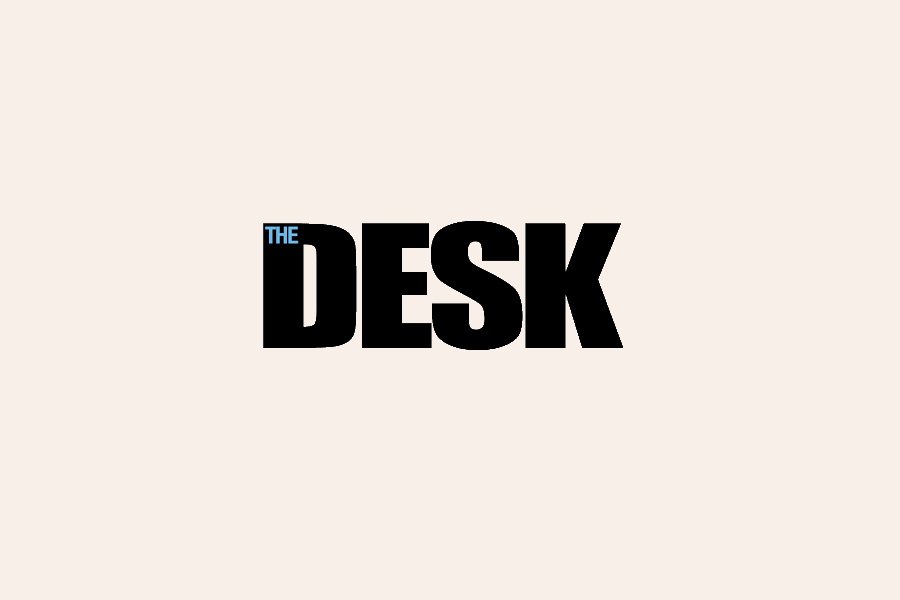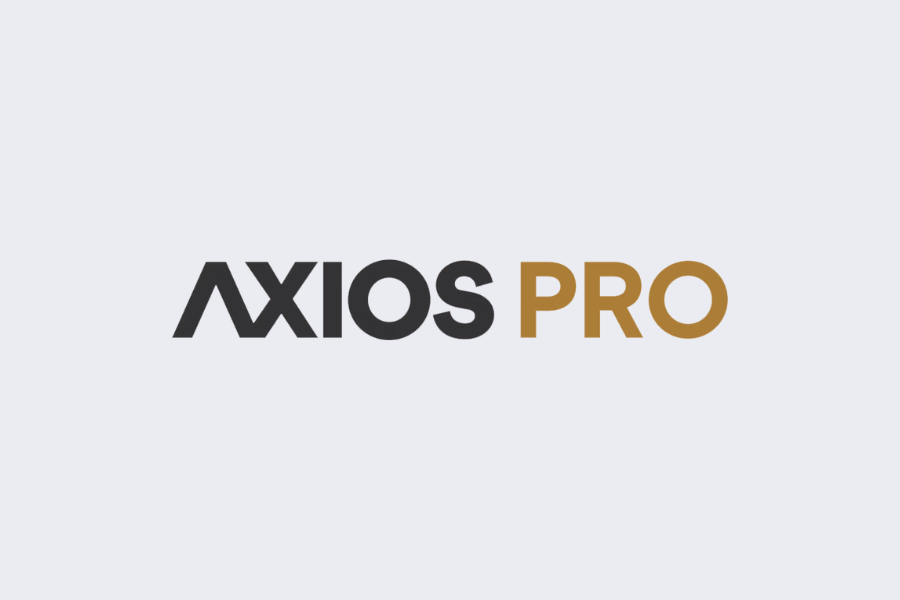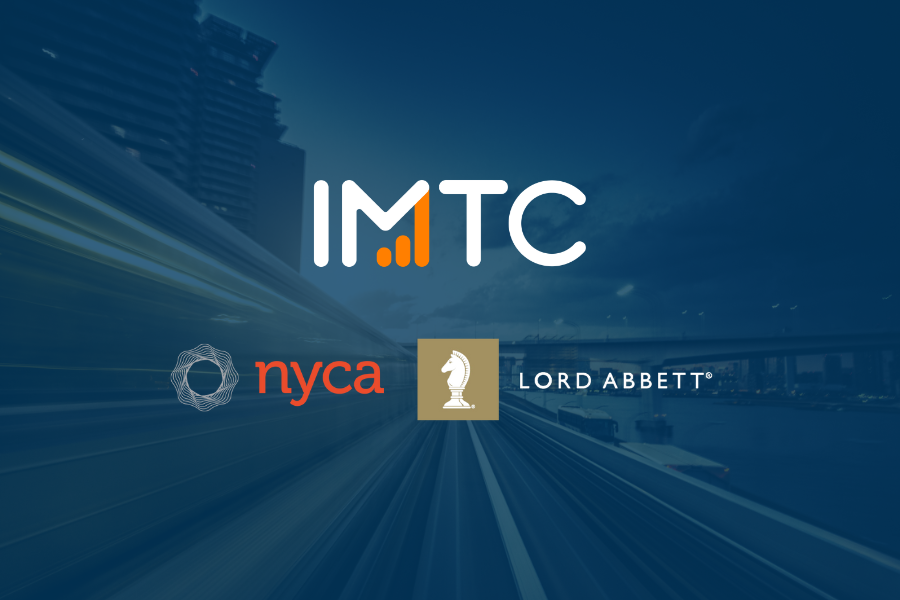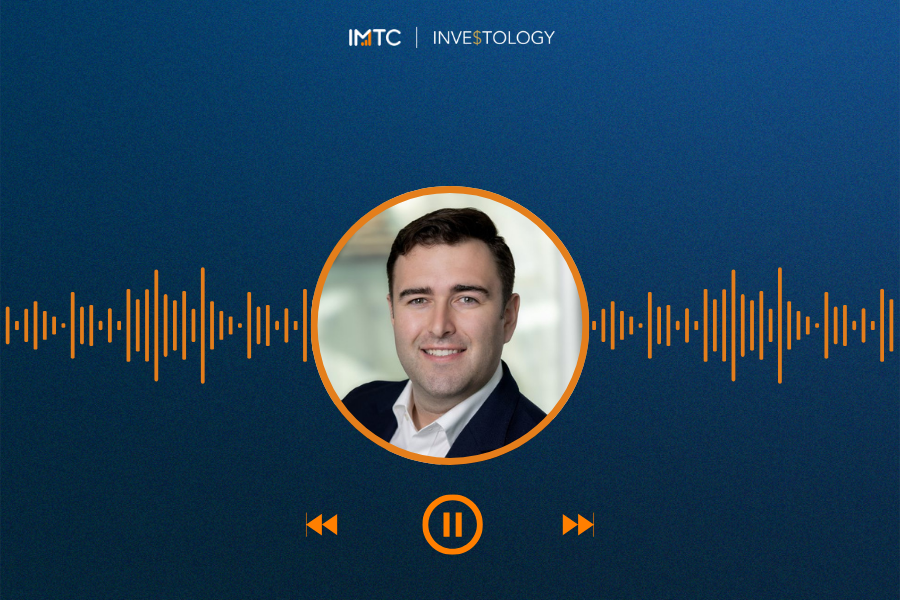The Desk: The Future of Investment Advice & Solutions: Top takeaways from the 2022 MMI Conference

Originally published on The Desk.
By Blake Lynch and Alex Signorile, IMTC.
We recently attended the Money Management Institute (MMI) conference in Nashville, Tennessee, to learn from and mingle with representatives from leading asset managers, wealth managers, and home offices. The MMI’s members, financial services firms that provide advice and investment advisory solutions to investors, exchange ideas and insights about product innovation, investment trends, separate account management and other topics affecting institutional, high net worth and mass affluent investors.
The conference was a great opportunity for IMTC to both learn from the other attendees and showcase what we do, while enjoying some chicken-and-waffles and great music. Here are some major themes from the event that should be of interest to those facing the challenges of fixed income management, particularly in SMAs.
1. The rising importance of the home office.
Independent broker-dealers and RIAs are increasingly looking to leverage a home office’s infrastructure, technology, and investment analysis to improve their productivity. Having a home office to handle the nuts-and-bolts of operations and assisting in portfolio management allows advisors to focus on serving clients and bringing in more assets under advisement/management.
This represents a win-win opportunity: the more functionality a home office can provide, the more advisors it can bring into its “family,” the more scalable their services become, and the less advisors have to worry about operational concerns that can interfere with their primary business goals.
Discussions at the conference clearly showed that home offices are trying to provide advisors with a single platform, rather than switching among various platforms to handle various tasks and asset classes. Often, fixed income remains neglected as part of this build, though firms have started to prioritize this as market conditions shift and there’s more of an opportunity for yield. They were intrigued to learn that because IMTC is a cloud-based platform, integrations into other platforms and an open API make it simple to connect other data sources. Some firms have even bolstered communication between advisors and their home office by integrating a CRM system into IMTC to seamlessly pass information on clients and portfolios.
2. Personalization is essential to meet client needs.
Given the volatility in the markets, it is no surprise that many conference attendees talked about how to customize portfolios to meet each client’s needs when those needs are shifting quickly. Risk tolerance can change quickly in a bear market. Advisors find themselves playing catch-up when markets are shifting quickly, and their processes are largely manual. It’s easy to miss opportunities when portfolio management technology is not responsive and flexible. Advisors and asset managers need to show clients how market volatility is affecting their portfolios. Clients are concerned about whether they will still be able to achieve their financial goals. They want to be heard, to be understood, and they may need extra handholding – which requires more time than in better market conditions. Advisors who don’t respond adequately risk losing those clients.
Fixed income SMAs can actually be a bright spot in this environment. Even though bonds are supposed to be the ballast in a portfolio, the Aggregate Index is down 20%+ for the year. But unlike bond funds that are index-like and have no maturity date, SMAs that use individual bonds can hold them to maturity, avoiding losses, or can be used to offset gains with tax loss harvesting. And individual bonds are offering opportunities to lock in attractive yields not seen in decades. But finding the right bonds takes time; portfolios have to analyzed, trades have to be allocated efficiently. IMTC provides the scalable portfolio construction, allocation, and optimization tools that assist advisors so that they can spend more time with their clients.
3. Technology is required to deliver at a lower price point.
Firms have been exploring lowering the minimum they require for SMAs to expand their potential market and bring on more clients, however, that requires being able to deliver at a lower price. Manually keeping track of cash balances across accounts and jumping from platforms to spreadsheets to manage accounts takes too much time; technology can drastically reduce the time it takes to manage accounts, so the cost of serving each client drops and advisors can serve more clients at a lower cost.
Technology is also helping active managers to develop and manage new products and strategies, perhaps by incorporating new data that responds to evolving investor preferences (e.g., strategies that integrate ESG with duration, sector weights, and other risk factors). This can be particularly important in fixed income, where passive index investing often does not make sense for individuals, but active management can cost up to eight times more than passive. In short, technology can allow advisors to grow and stay profitable. IMTC is helping many asset and wealth managers to lower their costs or offer additional services because the technology helps the firm to scale efficiently.
4. The current market is shaping the upcoming generation’s views on investing.
Younger investors grew up online and expect to be able to customize their investments with taps and swipes, rather than settling for vanilla buy-and-hold recommendations. This is the Robinhood generation. They are used to having instant access to data and information which results in many of them believing they can manage their portfolios using a robo-advisor app on their phones and do better than a human advisor by leveraging technology. Advisors need to show this generation that human interaction adds real value, and experienced advice will help as their wealth grows, market environments change, and their financial lives become more complex. The new generation tends to be more reactionary. Advisors must focus on keeping this generation invested through the cycles. That means education is essential. It also means that advisors have to be more efficient with their portfolio management workload to have enough time to provide that education. With the right tools and data, advisors and the asset managers who support them can win over these younger clients. Transparency is also key, as it is the 180-degree opposite of the black-box approach that automated systems impose.
5. Direct indexing / custom indexing is becoming more popular.
We have been hearing this for a while in the equity space, where it is fairly easy to fully replicate an equity index and then tweak it to suit an individual’s preferences and/or harvest tax losses. Many people think this is not possible in fixed income, but at IMTC we know it is (our clients are doing it, using our platform), and many of the conference attendees were eager to talk with us about this. IMTC’s optimizer can deliver custom indexes, perhaps incorporating enhanced ladder strategies and tax loss harvesting based on available inventory. The key really is in the platform’s ability to embed compliance rules, strategy targets, and IPS to effectively make decisions that fall in line with the index. It looks different than a full replication (which is not feasible in the bond world) but is very effective, especially to customize investments to each client.
What’s next? Where is the industry headed?
There was a decent amount of crystal ball-gazing. Some predicted that while mutual funds will maintain a big share of investors’ wealth, they will lose ground to both SMAs and ETFs: SMAs are customizable; ETFs are highly liquid and tax efficient. Unified Managed Accounts also generated interest – UMAs are becoming more popular in equities and investment managers are starting to talk about how to do this in fixed income.
The conference marked the MMI’s 25th anniversary and we applaud the organization for putting together a great agenda that covered many thought-provoking topics. We will be back next year (with our cowboy boots, in Austin), to keep up with trends and bring home insights about how IMTC can best serve the investment advisory community.
.





